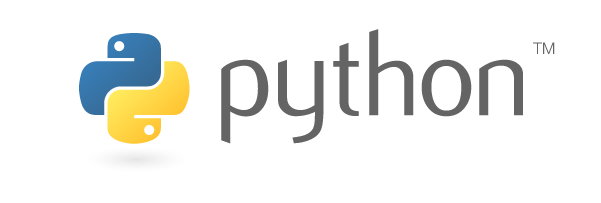The subject dataModel.WifiNetwork is being created and two new data models in it. These two are focused on the availability of wifi in a Smart city.
Coming from the Smart city of Valencia in Spain
- AccessPoint. This entity describes an Access Point which is a networking hardware that generates a wireless network and allows other Wi-Fi devices to connect to it
- WifiPointOfInterest. This entity describes a Point of Interest that has a wireless network
See the contributors file.










